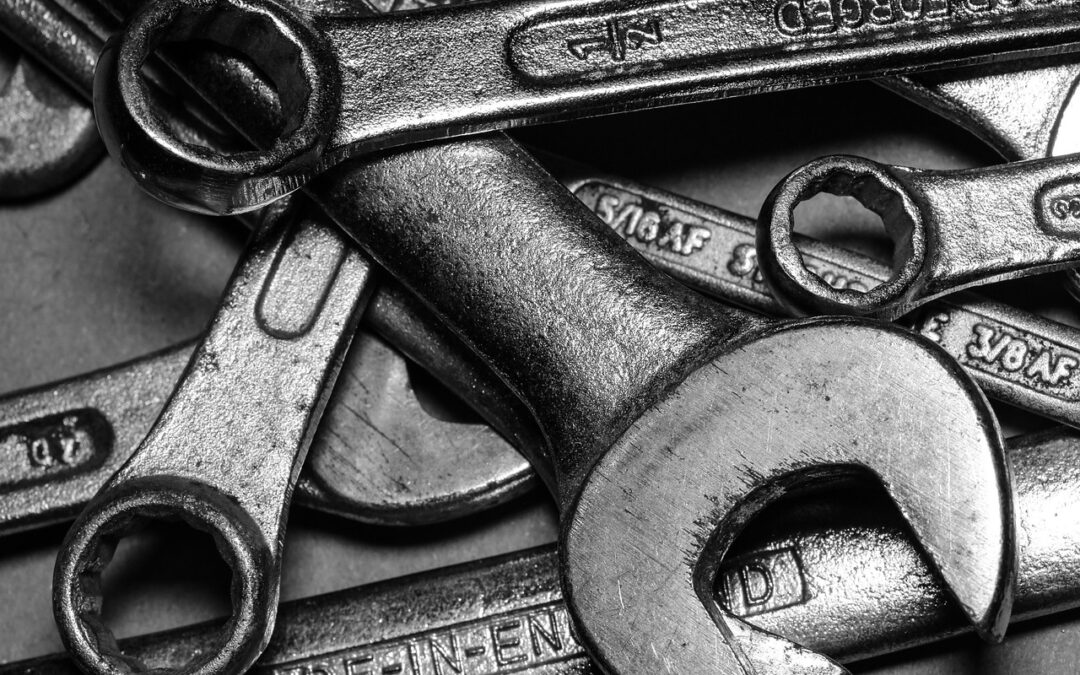When you own a classic 1955-1957 Ford Thunderbird, maintaining its splendor and operational integrity can feel like a full-time commitment. For many owners, deciding whether to handle maintenance tasks themselves or to call in the professionals can be a daunting decision. This post will explore common maintenance scenarios, providing guidance on when you can confidently DIY and when it’s wise to call in the experts.
Understanding Your Thunderbird’s Needs
The Thunderbird models from 1955 to 1957 are prized for their distinctive style and are a source of pride for collectors. However, their vintage nature means they come with special care instructions. Before you decide on DIY maintenance, it’s crucial to understand the intricacies of your vehicle. This understanding helps gauge whether a task is within your skill set or if it necessitates professional expertise.
When to DIY
1. Basic Maintenance and Upkeep
- Oil Changes: Regular oil changes are crucial for your Thunderbird’s health and longevity. If you have basic mechanical skills, you can perform oil changes at home. Purchase high-quality oil suited for classic cars, such as those offered by Valvoline, which provides motor oils specifically designed for the high-mileage needs of vintage engines.
- Cleaning and Detailing: Keeping your Thunderbird clean and detailed is something you can do on your own. Products from Meguiar’s, such as their Classic Wash & Wax kit, are excellent for preserving the paint and finish of your car.
- Simple Replacements: Replacing spark plugs, air filters, and battery maintenance are all tasks that can be performed at home with minimal tools and know-how.
Useful Resources:
- Valvoline Vintage Motor Oil: Valvoline.com
- Meguiar’s Classic Wash & Wax: Meguiars.com
2. Minor Electrical Work
- Battery Care and Replacement: Changing a battery is a straightforward process that you can do yourself. Ensure that you purchase the correct battery type for your Thunderbird to avoid electrical issues.
- Replacing Fuses and Bulbs: These are simple fixes that require minimal tools and are safe to do at home as long as you follow the correct procedures.
When to Call the Professionals
1. Engine and Transmission Issues
- Major Repairs: Engine rebuilds, transmission problems, and other complex issues are typically beyond the scope of DIY due to the specialized knowledge and tools required.
- Regular Tune-ups: While basic tune-ups might be manageable, professional mechanics have the diagnostic tools and expertise to adjust timing, carburetion, and more intricate engine functions.
2. Suspension and Brake System Overhauls
- Brake Replacement or Repair: Due to the safety implications, brake system repairs or replacements are best handled by professionals. Classic car brake systems, such as those found in vintage Thunderbirds, can be especially tricky due to their age and the specific parts they require.
- Suspension Repairs: Restoring or replacing the suspension system often involves complex procedures that require professional handling to ensure safety and correct alignment.
3. Electrical System Overhaul
- Complete Rewiring: Electrical systems in classic cars like the Thunderbird can be outdated and prone to failures. A complete rewiring is a massive task requiring specialized knowledge and tools, making it a job for professionals.
4. Paint and Bodywork
- Rust Repair and Full Body Paint: These are highly specialized jobs that require a professional touch to ensure the finish matches the original quality and color specifications. Professionals use tools and environments (like clean rooms and professional paint booths) that are not typically accessible to DIYers.
Choosing the Right Professionals
When it’s time to call in the experts, choosing the right professionals is critical. Look for mechanics and shops that specialize in classic cars. Organizations like the Classic Thunderbird Club International (CTCI) can provide recommendations for trusted service providers who are familiar with Thunderbirds.
Useful Resources:
- Classic Thunderbird Club International: CTCI.org
Conclusion
Maintaining a classic Thunderbird involves balancing between what you can do yourself and what should be left to the professionals. For many owners, engaging in some DIY is part of the joy of owning a classic car. However, recognizing the limits of your abilities and the complexity of certain tasks is crucial to keeping your Thunderbird in prime condition.
Whether you’re changing the oil or overhauling the brakes, the most important thing is to ensure that all maintenance and repairs are done correctly. By knowing when to DIY and when to call in the experts, you can enjoy the ride without compromising the safety and integrity of your beloved Thunderbird.

